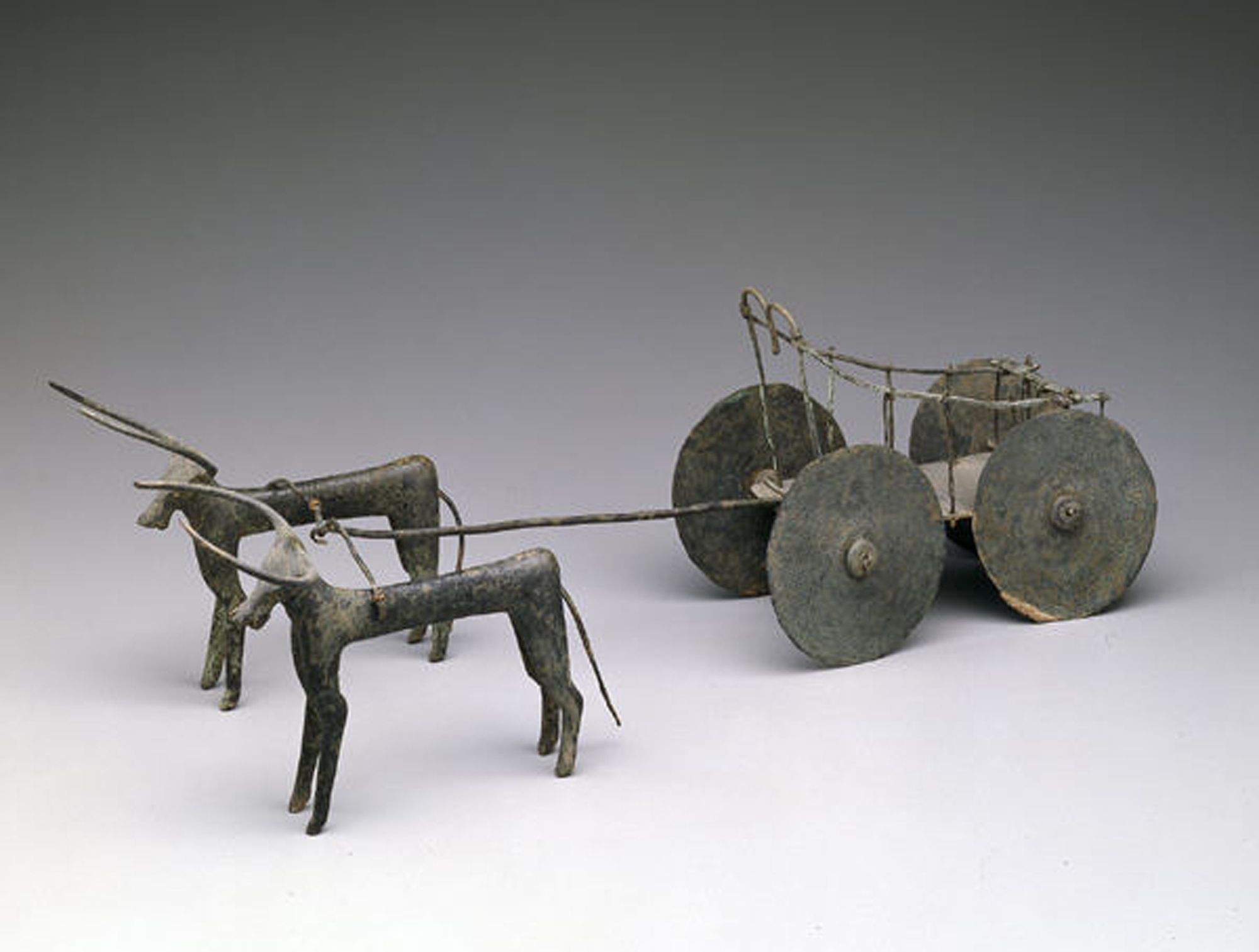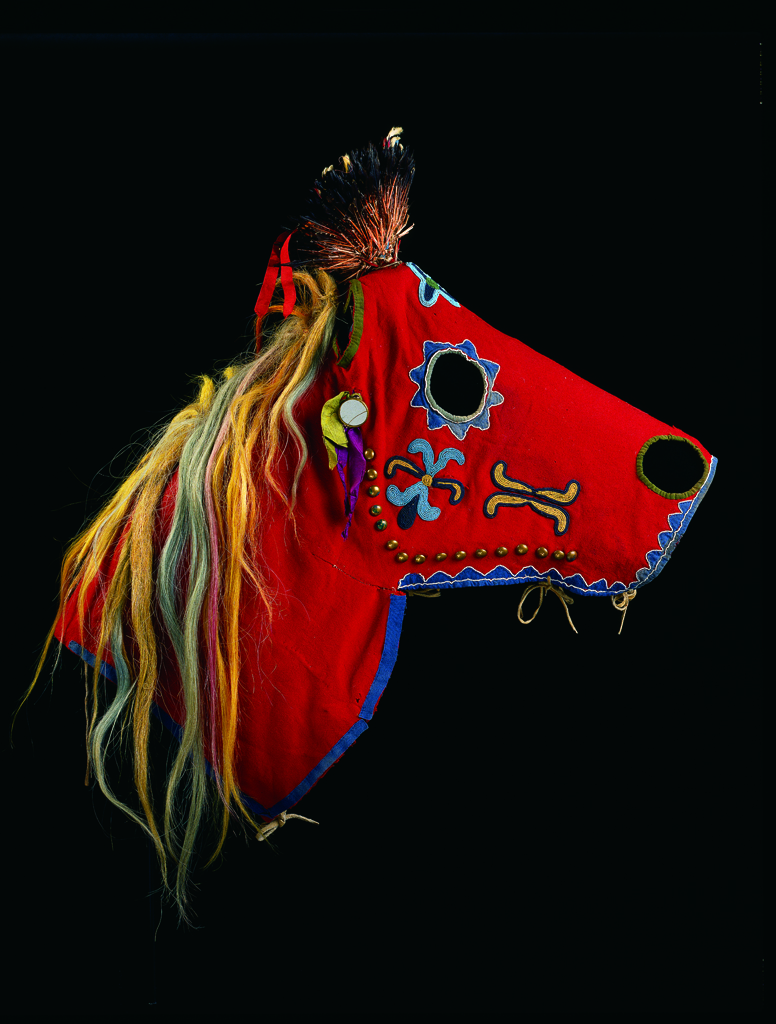Have you ever wondered how goods and services, such as spices, fabrics, and art, traveled from one part of the world to another before the use of planes, trains, and automobiles? The Silk Road provides a great insight for understanding early trading among different countries. It is the most well-known trading route of ancient Chinese civilization that was used during the first millennium B.C.E through the middle of the second millennium C.E under the Han Dynasty. The Silk Road was a transcontinental network of land and sea trade routes that spread across Eurasia from the Mediterranean to China and Japan. Domesticated horses and cattle as well as marine vessels were used as transportation to carry such goods and services along these routes.
Dr. Anne Bromberg, The Cecil and Ida Green Curator of Ancient and Asian Art, organized The Silk Road, an installation which illustrates how this great route of trading developed. This exhibition also describes the spread of religions from India to Central Asia during this time. One of the greatest benefits of the Silk Road that Dr. Bromberg wanted to emphasize was the spread of agriculture. Animals not only provided transportation, but they also provided food and a mechanism for cultivating crops.
Oxen and Cart, 2000-1800 B.C., Bronze
Dallas Museum of Art, Irvin L. and Meryl P. Levy Endowment Fund
A great deal of Near Eastern art similar to the Oxen and Cart traveled along the Silk Road. The Proto-Hittites were devoted to animals, which were vital to hunting and farming. Objects such as the Oxen and Cart were perhaps used as an offering to be left in a shrine, sacred caches or tomb. In addition, the Oxen and Cart symbolizes the distinct moment when domesticated horses or cattle were first used as powered transportation on land.
The Silk Road provides a great opportunity to discuss with students the benefits and consequences of trading among different cultures. I’ve added a list of books and websites that will help you introduce the Silk Road to your students. These books and more can be found at the Dallas Public Library or the Museum’s Mayer Library.
Books:
Stories From The Silk Road by Cherry Gilchrist and Nilesh Mistry
The Silk Route: 7,000 Miles of History by John S. Major and Stephen Fieser
Mapping the Silk Road and Beyond by Kenneth Nebenzahl
Adventures on the Ancient Silk Road by Priscilla Galloway and Dawn Hunter
Silk Road: Monks, Warriors & Merchants by Luce Boulnois and Helen Loveday
Websites:
the Silk Road project:
http://www.silkroadproject.org/tabid/177/defaul.aspx
Silk Road Seattle:
http://depts.washington.edu/silkroad/
Enjoy,
Karen A. Colbert
Teaching Programs Intern


